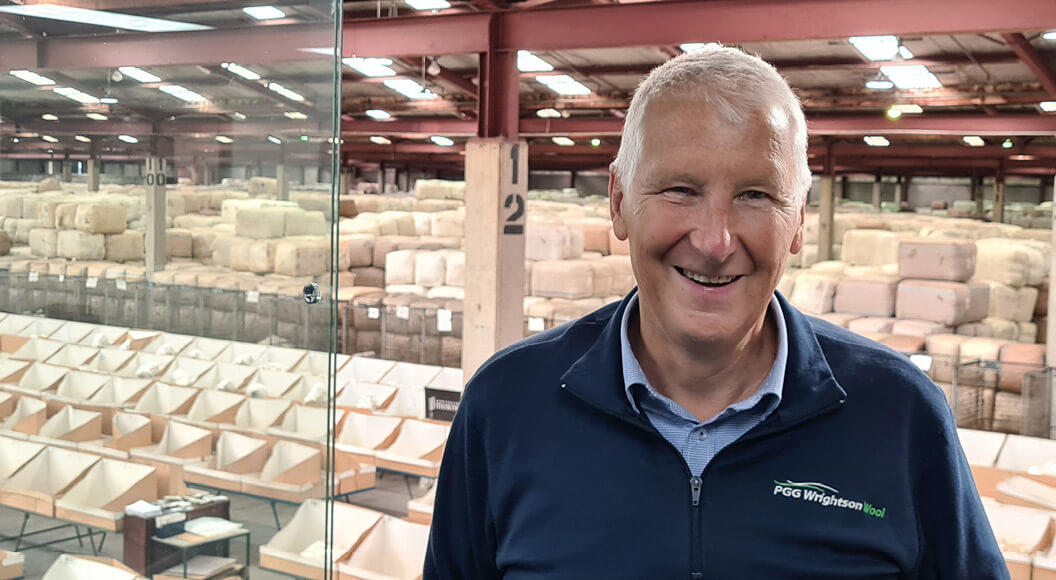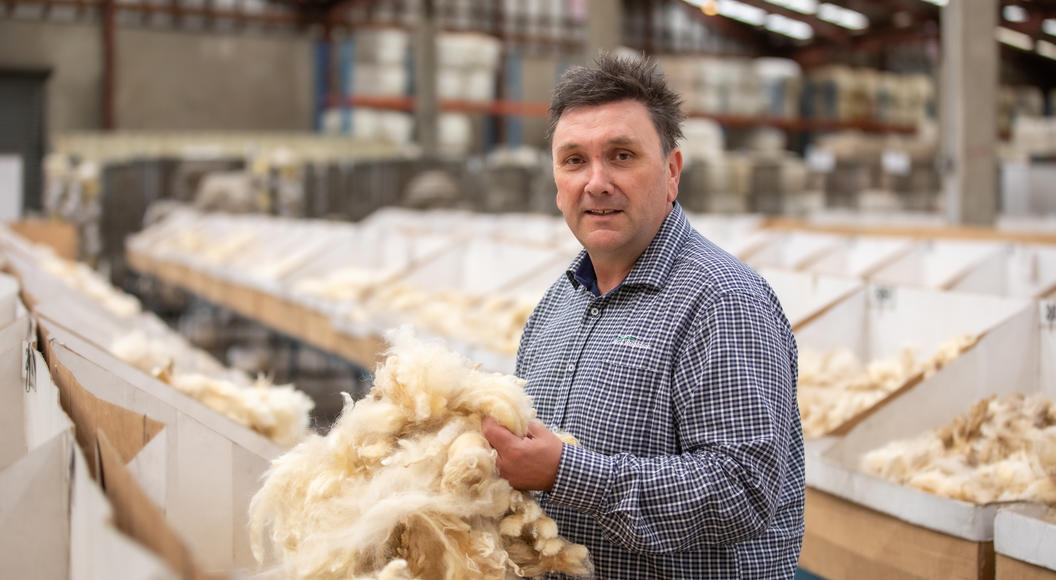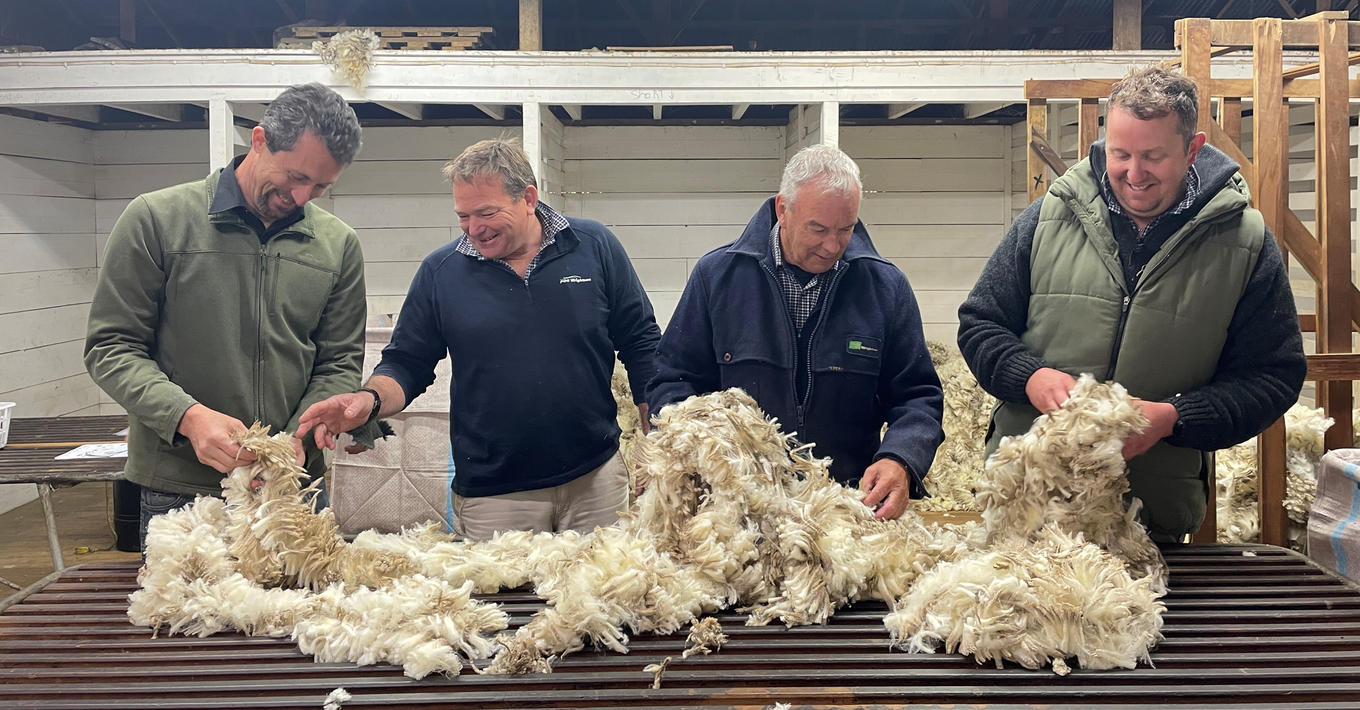
The importance of investing in wool preparation
By Rosstan Mazey, chair of the NZ Council of Wool Interests, CEO of WoolWorks Ventures
At the start of the shearing season, quality preparation of the clip is an investment, not a cost.
Ask yourself: what is the ultimate aim of wool preparation? Answer: to prepare your wool to achieve best commercial advantage. While that begins in the paddock on the sheep’s back, what you do in the shed, directly after the wool has been harvested, is most crucial. Good preparation, care and attention to detail will directly add monetary value to a consignment of wool.
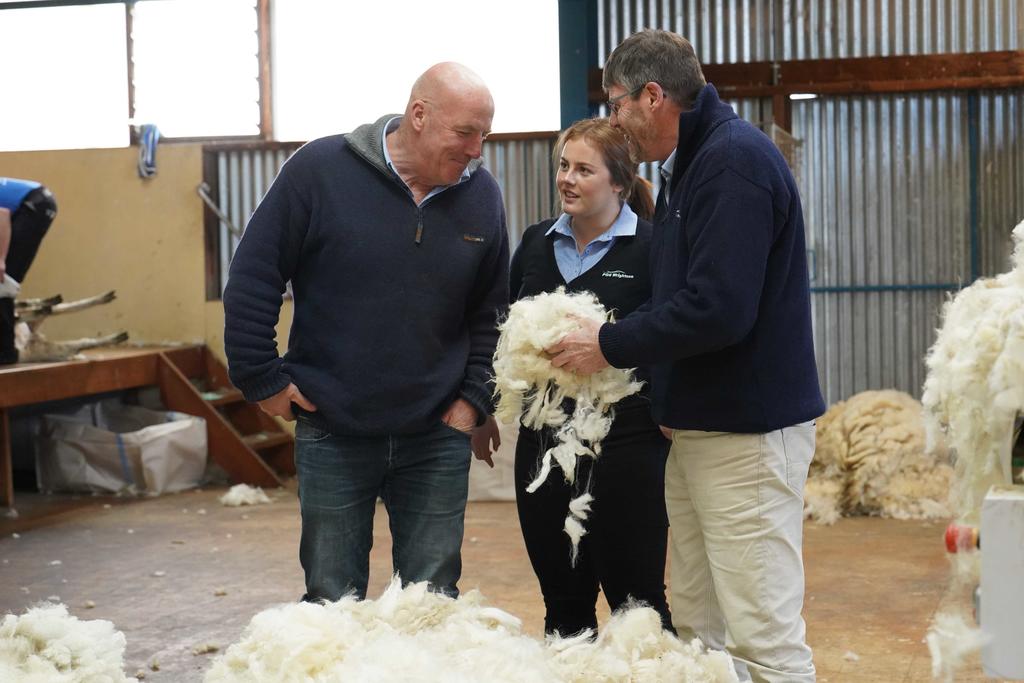
Meticulous care is necessary at every stage to ensure the highest quality wool reaches the market. Contamination can significantly impact value and marketability. Growers who are vigilant in maintaining their clip’s purity will secure premium prices and uphold the reputation of our product.
An extra shedhand might be $250 a day. At 12.5 cents a kilogram that could achieve up to a 50c per kilogram improvement in price achieved, which makes it a worthwhile return on investment.
We are optimistic that the market is turning and we are currently seeing the start of a sustained improvement in wool prices. If so, it is likely that the differential that good preparation provides will increase the monetary value available for the best quality wool. In these circumstances paying attention in the shed will maximise the benefit you derive, and fully justify investment in professional preparation.
Demand for New Zealand strong wool is increasing, though only the growers who attend to the basics will achieve full value potential. Meanwhile, the marketplace will punish those who do not handle preparation correctly.
Good coloured wools that can be dyed more naturally have always been attractive for overseas buyers. Our Chinese clients are advising us that they want knitting wools. Of the four major wool producing countries, the sound genetics, quality characteristics and specialised facilities that underpin New Zealand wool best fit their requirements.
Because New Zealand wool is most suitable for dyeing, a price change is coming, though only for those growers willing to invest in sound wool preparation during and directly after shearing. That means removing yellow fribs and dags, ensuring medullated fibre is taken out of the body wool, maintaining consistent length characteristics, and eliminating all general non-wool contamination: all the simple basics that require a little extra attention in the shed.
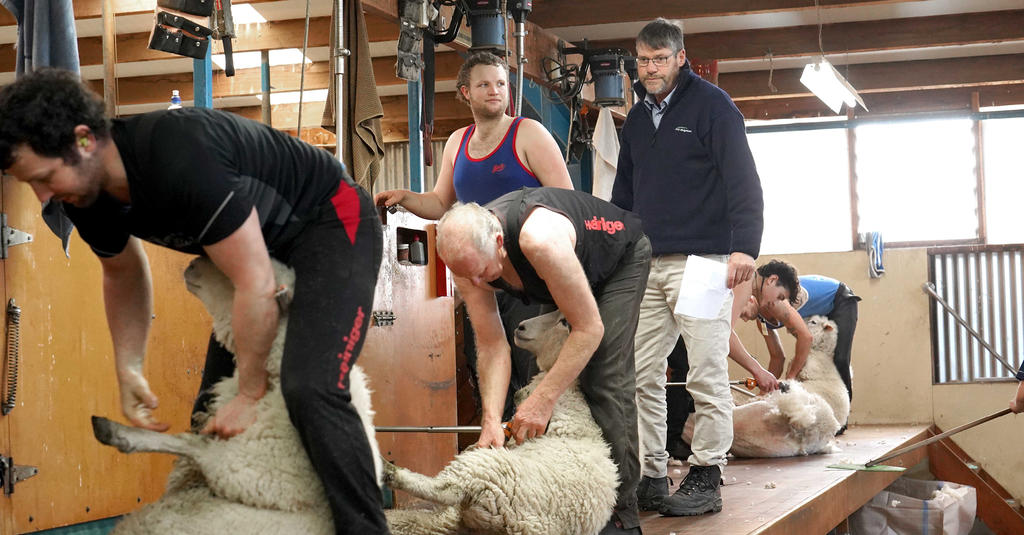
‘Remove to improve’ is key to the reputation and integrity of our wool. One small piece of metal can cause hundreds of thousands of dollars damage and bring an entire wool scour to a halt. Similarly, if a towel or tee shirt is shredded during the opening and blending process at the wool scour, thousands of small pieces of foreign coloured thread and fabric can be spread throughout, making the whole commercial consignment unusable for our customers. As with foreign contamination, any non-scourable raddle remaining on wool cannot be washed out through the scour, therefore causing additional processing problems.
Our international customers are committed to producing a high quality product. To do so they require the best possible raw material, and are therefore prepared to pay more for New Zealand wool, though only when it is handled correctly at the source. We must remember that we are competing with a man-made fibre that is totally repeatable. This is why we need to work hard collectively through the early-stage supply chain on delivering consistent wool to the market, enabling manufacturers to confidently produce great products with our wool.
Maintaining the quality of wool from the shearing shed to the market is a shared responsibility. By adopting best practices, implementing quality assurance measures, and staying informed about industry advances, growers can protect their clip’s integrity and reinforce New Zealand’s reputation as the global leader in high-quality wool production. Those growers committed to sound preparation practices and continuous improvement in the shearing shed will benefit individually, while their investment and attention to detail will also contribute to the overall success and sustainability of the wool industry.
If you want to find out more about woolshed preparation and how we can help, please contact your local wool rep.

